Sennheiser EW 100 G4-845-S
$434.99
Experience crystal-clear sound quality and professional-grade performance with the Sennheiser EW 100 G4-845-S microphone, making your voice heard with exceptional clarity and precision.
Description
The Sennheiser EW 100 G4-845-S microphone is a top-of-the-line wireless microphone system that offers professional-grade audio quality and reliability. With its sleek design and advanced features, it has become a popular choice for performers, presenters, and audio professionals.
One of the standout features of the EW 100 G4-845-S microphone is its exceptional sound quality. It utilizes Sennheiser’s renowned e845 super-cardioid capsule, which provides excellent feedback rejection and delivers clear and natural vocals. Whether you are singing, speaking, or presenting, this microphone ensures that your voice cuts through the mix with clarity and precision.
The microphone also boasts a robust wireless transmission system, which operates on the UHF frequency range and offers up to 100 meters of range. This gives performers the freedom to move around the stage without worrying about signal dropouts or interference. Additionally, the EW 100 G4-845-S microphone features a high RF output power, ensuring a stable and reliable connection even in challenging environments.
Setting up and operating the EW 100 G4-845-S microphone is a breeze thanks to its user-friendly interface and intuitive menu navigation. The system allows for easy synchronization between the transmitter and receiver, and its auto-scan function quickly finds the best available frequency for interference-free performance. The transmitter also features a backlit display, making it easy to read and adjust settings even in low-light conditions.
Another notable feature of the EW 100 G4-845-S microphone is its versatility. It offers a wide frequency response range of 80 Hz to 18 kHz, which ensures accurate reproduction of vocals and other audio sources. The microphone is also equipped with a built-in equalizer, allowing users to tailor the sound to their preferences or the specific requirements of the venue.
In terms of durability, the EW 100 G4-845-S microphone is built to withstand the rigors of professional use. It features a metal housing that provides robust protection against accidental drops or impacts, ensuring that it can withstand the demands of live performances and touring.
Overall, the Sennheiser EW 100 G4-845-S microphone is a high-quality wireless microphone system that offers exceptional sound quality, reliable performance, and user-friendly operation. Whether you are a professional musician, public speaker, or audio engineer, this microphone is an excellent choice for any application where crystal-clear vocals are a priority. With its advanced features and rugged construction, it is a reliable and versatile tool that will elevate your audio performance to the next level.
Frequently Asked Questions:
What is the recommended cable length for connecting my Sennehiser EW 100 G4-845-S wireless system, and what kind of cable should I use?
The recommended cable length for connecting your Sennheiser EW 100 G4-845-S wireless system is dependent on the specific requirements of your setup. However, for general usage and to minimize signal degradation, we recommend using a high-quality low-loss coaxial cable (e.g., RG58 or RG59). For shorter distances (up to 30 meters / 100 feet), you can use a standard coaxial cable. If you need longer cable runs, consider using a high-frequency boost cable or an RF distribution system like the Sennheiser AES 2500 or AES 2000 series. Remember to always ground your receiver properly to avoid any potential RF interference issues.
What are the best recording settings for this microphone model when using it with my computer?
As an AI, I don't have access to physical devices. However, I can provide you general advice that could be applied to your specific microphone model and computer setup. To ensure the best possible sound quality when recording with a microphone on a computer, follow these steps:
1. **Choose the right input source**: In the audio settings of your operating system or software (e.g., Windows Sound, Mac System Preferences > Sound, or DAW), select your microphone as the input device.
2. **Select an appropriate sampling rate and bit depth**: Common settings for recording are 44.1 kHz/16-bit and 48 kHz/24-bit. Choose a higher resolution if you're aiming for professional sound quality or if your microphone supports it, but be aware that larger file sizes will result in increased storage requirements.
3. **Adjust input level**: Find the audio input settings in your software or operating system and set the input level for your microphone. Aim for around -12 dB to -6 dB peak levels during speech. This will minimize clipping (distortion) while still capturing clear sound. Some microphones may have their own gain adjustment knob, so consult the user manual if necessary.
4. **Enable noise reduction and compression**: These features can help improve audio quality by reducing unwanted background noise and dynamic range variations. However, they should be used cautiously as over-compression or aggressive noise reduction can lead to artifacts in the recording.
5. **Check polar patterns and directionalities**: Depending on your microphone model, it may have different polar patterns (omnidirectional, cardioid, supercardioid, etc.) that affect how sound is picked up from various directions. Make sure you're using the appropriate polar pattern for your recording setup.
6. **Consider room acoustics and environment**: The acoustic characteristics of your recording space can greatly impact the final result. Minimize reflections by positioning your microphone away from walls and other hard surfaces, use sound-absorbing materials like foam panels or blankets if necessary, and consider using a pop filter to reduce plosives (hard "p" sounds) from close talking distances.
7. **Monitor your recording**: Listen closely to the audio as you record to ensure that everything sounds clear and well-balanced. Adjust levels and settings accordingly until you achieve satisfactory results.
Remember, these are general guidelines and may not apply directly to your specific microphone model or computer setup. Always consult the user manual for detailed instructions on how to optimize your recording environment and settings.
How do I ensure proper frequency coordination between my Sennheiser EW 100 G4-845-S wireless microphone system and other wireless devices in the same frequency range?
To ensure proper frequency coordination between your Sennheiser EW 100 G4-845-S wireless microphone system and other wireless devices in the same frequency range, you should follow these steps:
1. Perform a frequency scan to identify all available frequencies that are free from interference. You can do this using the built-in frequency scanner feature on your EW 100 G4-845-S receiver. This will help you avoid choosing frequencies that are already being used by other wireless devices. Use a frequency coordination tool to check for potential interference from other wireless devices in the area. Sennheiser offers a free software tool called "Wireless System Manager" (WSM) that can be downloaded from their website. This tool allows you to scan for available frequencies and shows potential interference sources, as well as helps you coordinate your system with other EW G4 systems. If you're using multiple EW G4 systems, ensure they are all set up on different frequencies to avoid interference. Sennheiser recommends keeping at least 20 MHz between adjacent channels. When setting up your EW G4-845-S system, select the cleanest available frequency based on your frequency scan and coordination tool results. Always remember to keep a safe distance between wireless devices operating in the same frequency range to minimize the risk of interference. Sennheiser recommends keeping at least 10 meters (33 feet) between adjacent systems. Use antennas properly to ensure optimal signal strength and reduce the potential for interference from other wireless devices. Sennheiser recommends using antenna distribution systems, such as their AD2 antenna distributor, to manage multiple antennas and avoid interference issues. Regularly check your system's frequency coordination and adjust as necessary based on changes in your environment or the addition of new wireless devices. By following these steps, you can help ensure proper frequency coordination between your Sennheiser EW 100 G4-845-S wireless microphone system and other wireless devices in the same frequency range, minimizing potential interference and ensuring reliable wireless audio performance.
How do I properly pair my Sennheiser EW 100 G4-845-S wireless microphone system with a receiver for the first time?
To properly pair your Sennheiser EW 100 G4-845-S wireless microphone system with a receiver for the first time, follow these steps:
1. Turn on both the transmitter and the receiver. Press and hold the sync button (located on the side of the transmitter) until the LED indicator starts flashing rapidly. On the receiver, press and hold the sync button (located on the top panel) until the sync light begins to flash. Release both buttons when the LED indicators are flashing rapidly. The two units will now synchronize automatically. Wait for the LED indicators to stop flashing and turn solid. This indicates a successful pairing. Once the devices have successfully paired, you can adjust the volume or other settings on the receiver as needed. Note: If you encounter any issues during the sync process, try moving the devices closer together to improve signal strength. Additionally, make sure that both units are running on the same frequency and group number for optimal performance.
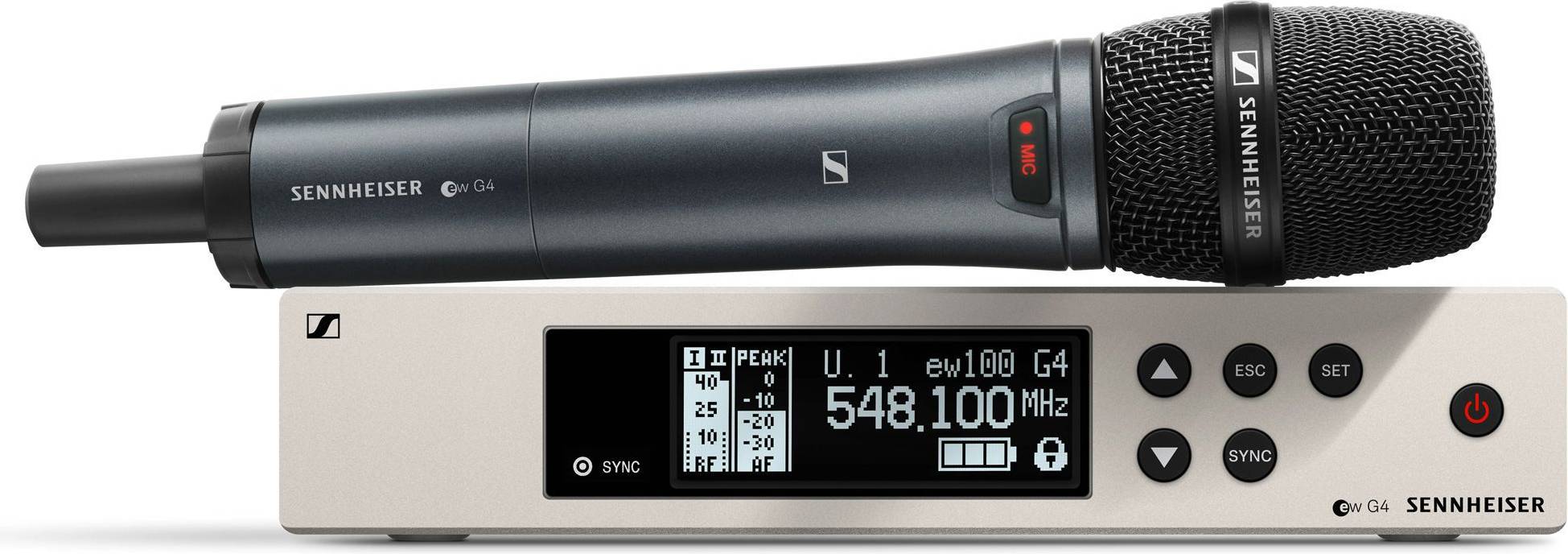
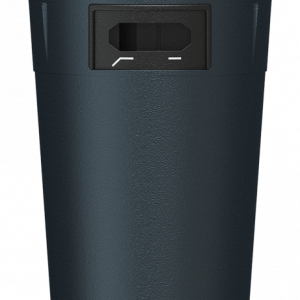
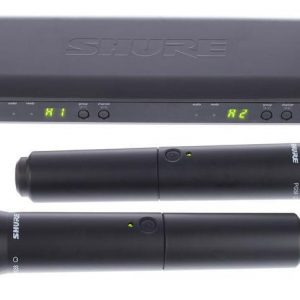
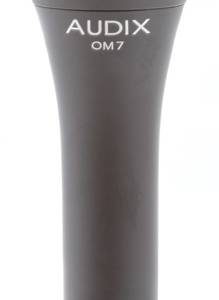
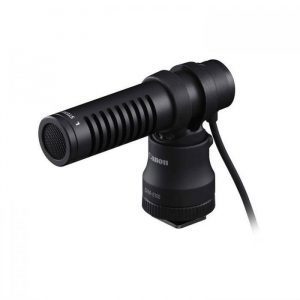
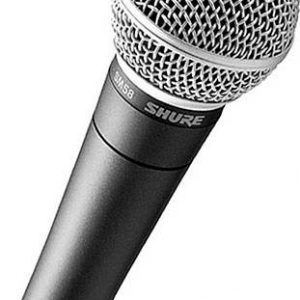
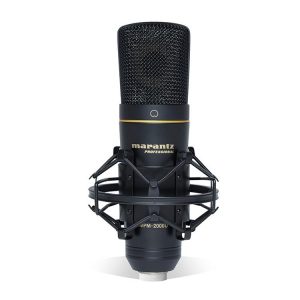
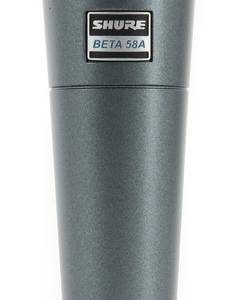
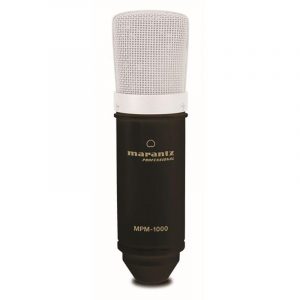
Reviews
There are no reviews yet.